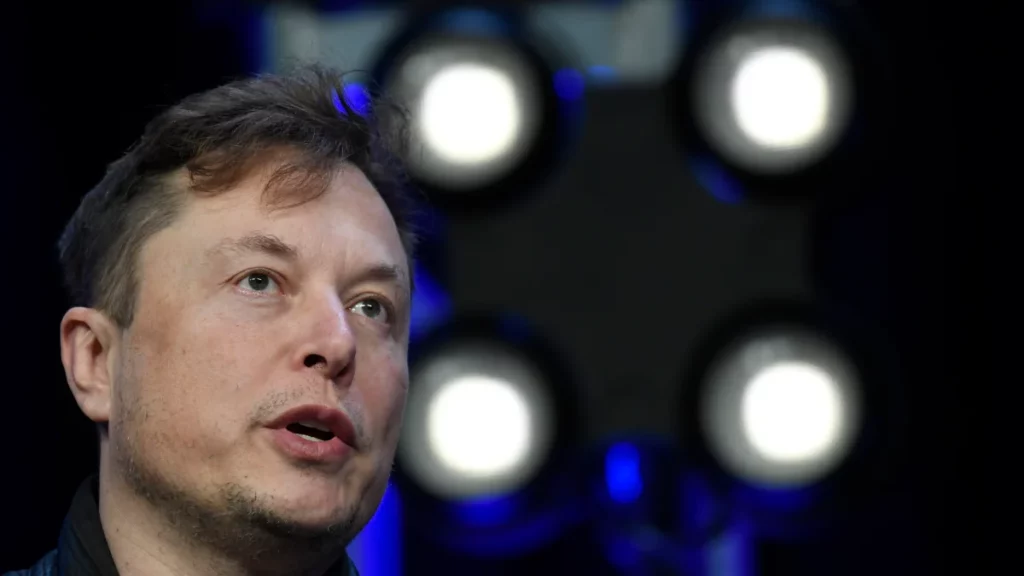Elon Musk’s Neuralink business has requested permission to test its brain chip implant on humans soon, according to the latest of his scientific reports. On a livestream on Wednesday, Tesla CEO Elon Musk stated that the Neuralink team is in the midst of requesting permission from US regulators to test the device.
Elon Musk went on to say that the business should be able to install the implant in a human brain as part of a clinical study in roughly six months, though this is far from guaranteed. Elon Musk’s Neuralink is one of many companies creating chips to connect humans with AI. The goal of the project is to treat brain problems by linking the brain to computers.
According to sources, the Neuralink device, which is about the size of a huge coin, is intended to be implanted in the skull, with ultra-thin wires leading straight into the brain.
Musk stated that the first two uses in people will be recovering vision and assisting persons with limited or no muscle control to utilise digital gadgets quickly. He also envisions impulses from the brain being bridged to Neuralink devices in the spinal cord in someone with a broken neck. “We’re confident there are no physical limitations to enabling full body functionality,” said Elon Musk, who recently took over Twitter and is the CEO of Tesla and SpaceX.

Other teams’ research have shown that implanted sensors allow paraplegic patients to utilise brain impulses to control computers and robotic arms. Three people with paralysis below the neck affecting all of their limbs used an experimental brain-computer interface being investigated by the BrainGate collaboration in a 2018 study published in the journal PLOS ONE. To navigate things like email and apps, the interface monitors cerebral activity from a small sensor in the brain.
A new study published in the journal Nature by researchers at the Swiss research centre NeuroRestore revealed a type of neuron activated by spinal cord electrical stimulation, allowing nine individuals with chronic spinal cord injury to walk again. Researchers are also focusing on brain-machine interfaces for eyesight restoration.
Also Read:








